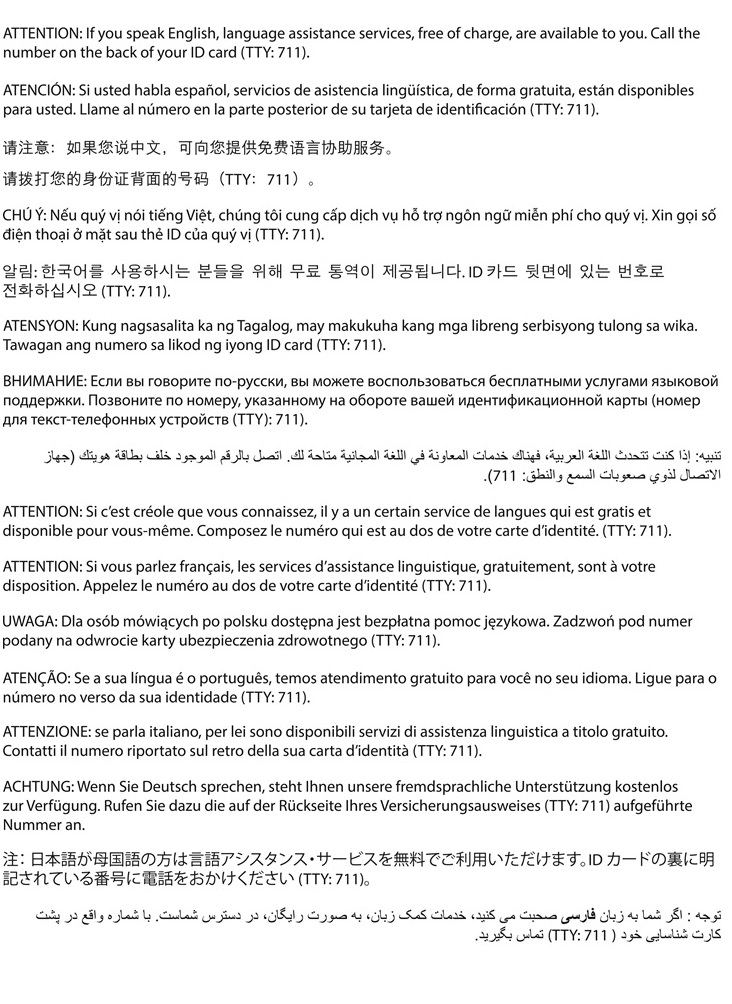This policy version was replaced October 3, 2022. To find the newest version, go to https://www.bluecrossmn.com/providers/medical-policy-and-utilization-management, read and accept the Blue Cross Medical Policy Statement, then select “Blue Cross and Blue Shield of Minnesota Medical Policies.” This will bring up the Medical Policy search screen. Enter the policy number without the version number (last 3 digits).
Temporomandibular Disorder (TMD) may be the result of congenital and developmental anomalies; fractures and dislocations resulting from trauma, internal derangement, or ankylosis (stiffening or fixation of a joint); or arthritic and neoplastic diseases. Symptoms attributed to TMD are varied and include, but are not limited to, clicking sounds in the jaw; headaches; closing or locking of the jaw due to muscle spasms (trismus) or displaced disc; pain in the ears, neck, arms, and spine; and tinnitus.
According to the National Institute of Dental and Craniofacial Research, experts strongly recommend initial use of the most conservative, reversible treatments possible. Such treatments do not invade the tissues of the face, jaw, or joint, or cause permanent changes in the structure or position of the jaw or teeth.
Definitions:
A qualified dentist is trained and experienced in the overall care of oral health, the temporomandibular joint, dental occlusion and associated oral structures; and is a Doctor of Dental Surgery (DDS) or Doctor of Dental Medicine (DMD).
NOTE:
Criteria for All Treatments
I. Treatment of temporomandibular disorder (TMD) may be considered MEDICALLY NECESSARY AND APPROPRIATE when ALL of the following diagnostic criteria are met, and criteria for specific treatments listed in sections II and III are met:
Non-Surgical Treatments
II. The following non-surgical treatments may be considered MEDICALLY NECESSARY AND APPROPRIATE in the treatment of temporomandibular disorder when the diagnostic criteria in section I have been met::
Surgical Treatments
III. The following surgical treatments may be considered MEDICALLY NECESSARY AND APPROPRIATE in the treatment of temporomandibular disorder when the diagnostic criteria in section I have been met:
Experimental / Investigative Treatments
IV. The following non-surgical treatments are considered EXPERIMENTAL/INVESTIGATIVE in the treatment of temporomandibular disorder due to a lack of evidence demonstrating an impact on improved health outcomes:
V. Arthroscopy of the temporomandibular joint solely for diagnostic purposes is considered EXPERIMENTAL/INVESTIGATIVE due to a lack of evidence demonstrating an impact on improved health outcomes.
Documentation Submission:
Documentation supporting the medical necessity criteria described in the policy must be included in the prior authorization, when prior authorization is required. In addition, the following documentation must also be submitted:
Coverage
Note: For more information about the billing and reimbursement of dental services, please refer to Blue Cross Blue Shield of Minnesota Reimbursement policy Dental Services.
The following medical and surgical treatments are generally excluded from medical coverage under the member benefit document:
No additional statements.
Blue Cross and Blue Shield of Minnesota medical policies apply generally to all Blue Cross and Blue Plus plans and products. Benefit plans vary in coverage and some plans may not provide coverage for certain services addressed in the medical policies. When determining coverage, reference the member’s specific benefit plan, including exclusions and limitations.
Medicaid products may provide different coverage for certain services, which may be addressed in different policies. For Minnesota Health Care Program (MHCP) policies, please consult the MHCP Provider Manual website.
Medicare products may provide different coverage for certain services, which may be addressed in different policies. For Medicare National Coverage Determinations (NCD), Local Coverage Determinations (LCD), and/or Local Coverage Articles, please consult CMS, National Government Services, or CGS websites.
Note that services with specific coverage criteria may be reviewed retrospectively to determine if criteria are being met. Retrospective denial of claims may result if criteria are not met.
Blue Cross and Blue Shield of Minnesota reserves the right to revise, update and/or add to its medical policies at any time without notice. Codes listed on this policy are included for informational purposes only and are subject to change without notice. Inclusion or exclusion of a code does not constitute or imply member coverage or provider reimbursement.
These guidelines are the proprietary information of Blue Cross and Blue Shield of Minnesota. Any sale, copying or dissemination of the medical policies is prohibited; however, limited copying of medical policies is permitted for individual use.
Acknowledgements:
CPT® codes copyright American Medical Association® 2022. All rights reserved.
CDT codes copyright American Dental Association® 2022. All rights reserved.
